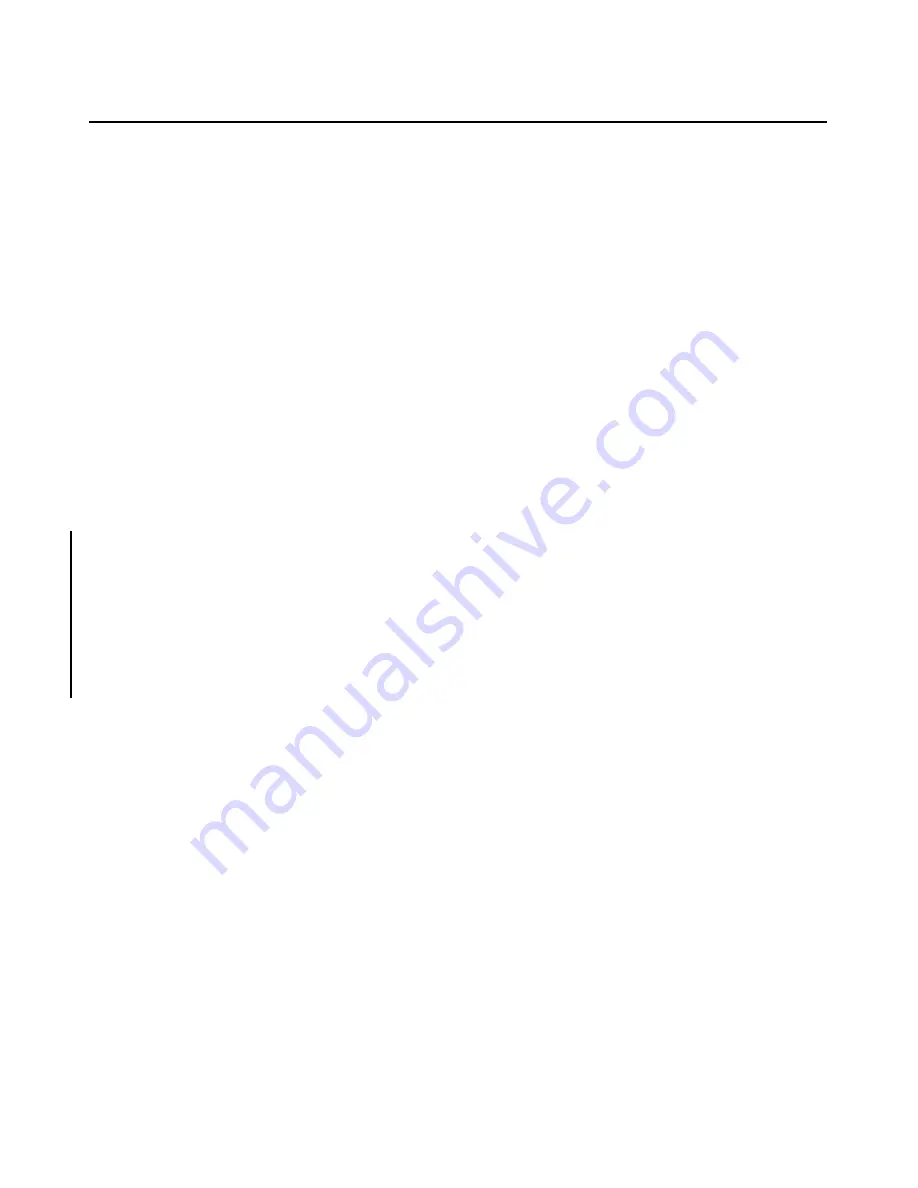
REPAIRING MAJOR DAMAGE: (Larger than 1 inch in diameter.) (Refer to Figure 51-8.)
A.
Make a patch of same material and cut slightly larger than section being repaired.
B .
When appearances are important, large holes, cracks, tears, etc., are repaired by cutting out
d a maged area and replacing with a piece of similar material.
C.
When cutting away damaged area, under cut perimeter and maintain a smooth edge. The patch or
plug should also have a smooth edge to ensure a good fit.
D.
Coat patch with solvent adhesive and firmly attach it over damaged area.
E.
Let the patch dry for approximately 1 hour before any additional work is performed.
F.
Fill hole, etc. with repair material. A slight over filling of repair material is suggested to allow
for sanding and finishing after repair has cured. If patching compound is used, repair should be
made in layers, not exceeding a 1/2 inch in thickness at a time. Allow compound to cure and
ensuring a good buildup of successive layers.
STRESS LINES: (Refer to Figure 51-9)
A.
Stress lines produce a whitened appearance in a localized area. They are generally caused by
severe bending or impacting of material. (Refer to Figure 51-10.)
B.
To restore material to original condition and color, use a hot air gun or similar heating device to
apply heat to affected area. Do not overheat material.
PAINTING THE REPAIR:
—CAUTION—
NOT ALL LACQUERS OR ENAMELS CAN BE USED ON
THERMOPLASTIC. SOME PAINT SOLVENTS WILL
AFFECT AND DEGRADE THE PLASTIC PROPERTIES.
—CAUTION—
DO NOT USE HARD, BRITTLE COATINGS IN FLEXING,
I M PA C T, OR HIGH STRESS AREAS. SUCH COAT I N G
M AY CRACK, CREATING A WEAK AREA.
A.
An important factor in obtaining a quality paint finish is the proper preparation of the repair and
surrounding area before applying any paint.
B .
Clean parts before painting with a commercial cleaner or a solution made from 1/4 cup of
d e t e rgent mixed with one gallon of water.
C.
Use lacquer or enamel paint for thermoplastic repair.
Do not use hard, brittle coatings in flexing, impact, or high stress areas. Such coating may crack,
creating a weak area.
SAFETY WALK REPAIR
SURFACE PREPARATION
1. Clean all surfaces with a suitable cleaning solvent to remove dirt, grease, and oils. Apply solvents by
dipping, spraying, or mopping.
2. Check no moisture remains. Wipe surface with a clean dry cloth.
3. Outline the area to which liquid safety walk compound is to be applied, and mask adjacent surfaces.
—NOTE—
For newly painted surfaces, allow 2.5 hours minimum drying
time before application of safety walk.
PIPER AIRCRAFT
PA - 4 4 - 1 8 0 / 1 8 0 T
AIRPLANE MAINTENANCE MANUAL
51-14-01
Page 51-13
Revised: June 20, 1995
2L21
Summary of Contents for SEMINOLE PA-44-180
Page 38: ...CHAPTER DIMENSIONS AND AREAS 1B14...
Page 49: ...CHAPTER LIFTING AND SHORING 1C1...
Page 53: ...CHAPTER LEVELING AND WEIGHING 1C5...
Page 58: ...CHAPTER TOWING AND TAXIING 1C10...
Page 62: ...CHAPTER PARKING AND MOORING 1C14...
Page 65: ...CHAPTER REQUIRED PLACARDS 1C17...
Page 70: ...CHAPTER SERVICING 1C22...
Page 98: ...CHAPTER STANDARD PRACTICES AIRFRAME 1E2...
Page 108: ...CHAPTER ENVIRONMENTAL SYSTEM 1E12...
Page 189: ...CHAPTER AUTOFLIGHT 1H21...
Page 192: ...CHAPTER COMMUNICATIONS 1H24...
Page 202: ...CHAPTER ELECTRICAL POWER 1I10...
Page 228: ...CHAPTER EQUIPMENT FURNISHINGS 1J12...
Page 233: ...CHAPTER FIRE PROTECTION 1J17...
Page 238: ...CHAPTER FLIGHT CONTROLS 1J24...
Page 304: ...2A18 CHAPTER FUEL...
Page 325: ...2B17 CHAPTER HYDRAULIC POWER...
Page 357: ...2D1 CHAPTER ICE AND RAIN PROTECTION...
Page 414: ...CHAPTER LANDING GEAR 2F13...
Page 479: ...2I6 CHAPTER LIGHTS...
Page 488: ...2I16 CHAPTER NAVIGATION AND PITOT STATIC...
Page 503: ...2J7 CHAPTER OXYGEN...
Page 524: ...2K6 CHAPTER VACUUM...
Page 535: ...2K19 CHAPTER ELECTRICAL ELECTRONIC PANELS AND MULTIPURPOSE PARTS...
Page 546: ...INTENTIONALLY LEFT BLANK PA 44 180 180T AIRPLANE MAINTENANCE MANUAL 2L6 PIPER AIRCRAFT...
Page 547: ...2L7 CHAPTER STRUCTURES...
Page 582: ...CHAPTER DOORS 3A18...
Page 593: ...CHAPTER STABILIZERS 3B8...
Page 604: ...CHAPTER WINDOWS 3B22...
Page 611: ...CHAPTER WINGS 3C10...
Page 624: ...CHAPTER PROPELLER 3D1...
Page 643: ...CHAPTER POWER PLANT 3D21...
Page 667: ...CHAPTER ENGINE FUEL SYSTEM 3F1...
Page 681: ...CHAPTER IGNITION 3F16...
Page 712: ...CHAPTER ENGINE INDICATING 3H1...
Page 730: ...CHAPTER EXHAUST 3H19...
Page 734: ...CHAPTER OIL 3I1...
Page 743: ...CHAPTER STARTING 3I11...
Page 755: ...CHAPTER TURBINES 3J1...
















































